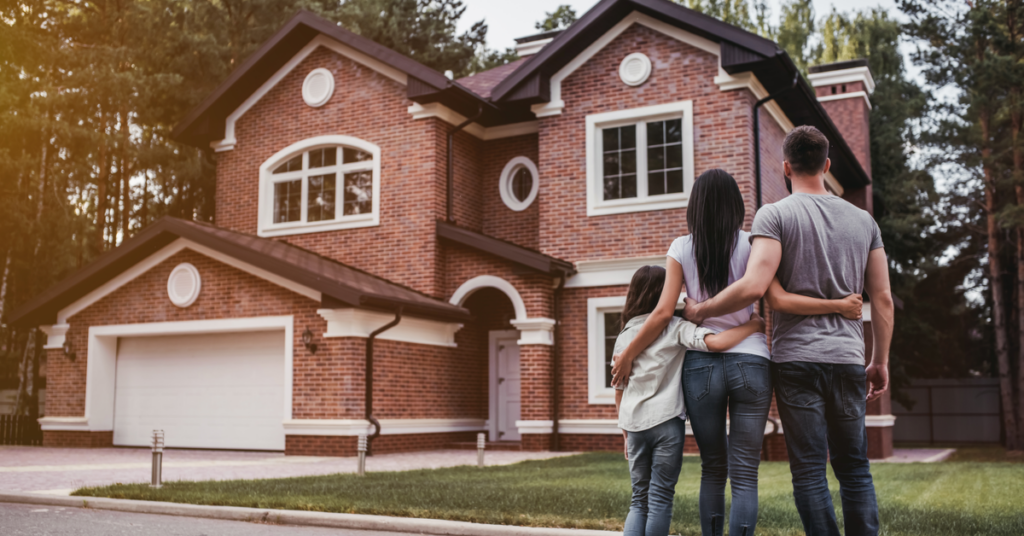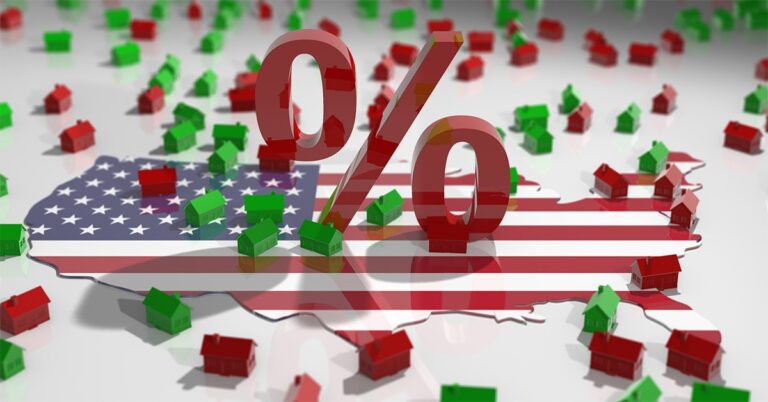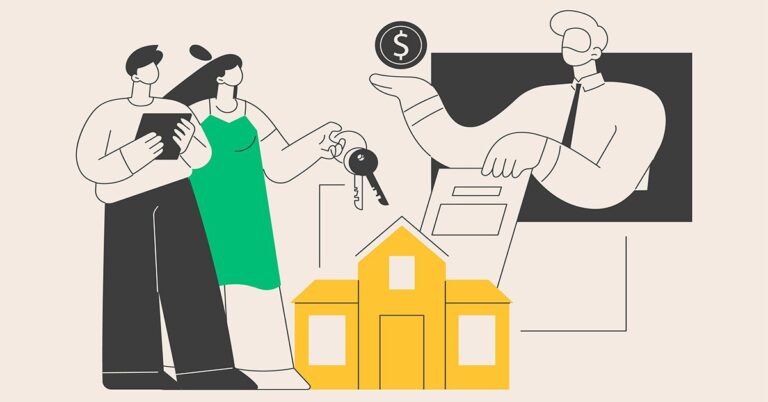Existing-home sales beat expectations in January, as the month’s seasonally adjusted annual rate of 6.69 million units marked a second straight month of growth, according to the National Association of Realtors (NAR).
The month’s pace was up 0.6% from December and 23.7% from January 2020, affirming the robust state of the housing market entering 2021, driven by bustling demand, low rates and the national economy’s continuing recovery.
Single-family home sales came in at a rate of 5.93 million units, up 0.2% monthly and 23.0% yearly. Condo and co-op sales also rose, reaching a rate of 760,000 units, up 4.1% from December and 28.8% from January 2020.
Lawrence Yun, chief economist for the NAR, said that “buyers quickly snatched up virtually every new listing coming on the market.”
“Home sales are continuing to play a part in propping up the economy,” he said. “With additional stimulus likely to pass and several vaccines now available, the housing outlook looks solid for this year.”
Much of the market’s strength continues to come from new buyers, with Joel Kan, associate vice president of economic and industry forecasting, anticipating the cohort to continue pushing sales even further in 2021 and beyond. First-time buyers, Kan noted, represented a solid third of January sales, inching upward from 31% in December and 32% in January 2020.
Want more news, topics and trends?
Get perspectives on the mortgage industry from thought leaders by subscribing to Scotsman Guide’s free digital editions.
The MBA “expect[s] a significant portion of purchase demand in the coming years to be driven by millennials and the younger-age cohorts,” Kan said.
With sales improving stoutly, prices remained on the rise as well, reaching a national median price of $303,900. That’s an increase of 14.1% from the January 2020 median of $266,300, with prices increasing by a double-digit clip in every Census region: 14.6% in the South, 14.7% in the Midwest, 15.8% in the Northeast and 16.1% in the West. Prices also continue to be driven higher by persistently low inventory, with total housing inventory at the end of January at a record low 1.04 million units, down 1.9% from December and 25.7% from January 2020.
Unsold inventory continues to sit at a precarious 1.9-month supply at the current sales rate, unchanged from December.
“Overall, low housing supply and rising prices continue to be a constraint on an even higher sales pace. … Tight inventory levels continue to create a competitive market for buyers and are pushing prices higher. [A recent] U.S. Census Bureau report showed that new residential construction activity continues to rise, which hopefully bodes well for more choices for buyers and slower price growth in the spring,” Kan said.








